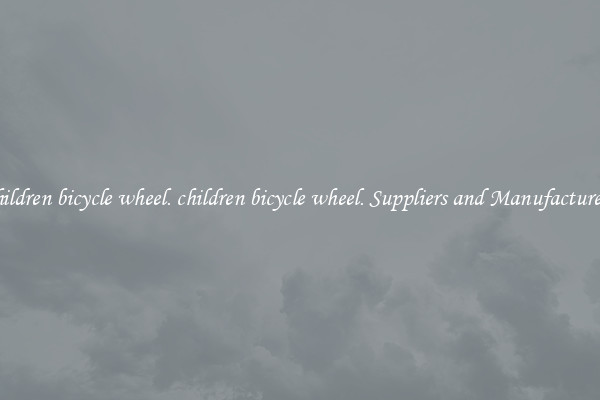Realistic Wholesale naked children With Lifelike Features
Title: Realistic Wholesale Naked Children with Lifelike Features: A Controversial Industry

Introduction:
The market for realistic wholesale naked children with lifelike features has recently emerged, sparking significant debate and controversy. While the intention behind these lifelike dolls may be innocent, concerns over their potential misuse, ethical implications, and impact on society cannot be ignored. This article delves into the intricacies of this controversial industry, examining both its proponents and opponents' arguments.
Understanding the Demand:
Proponents argue that realistic wholesale naked children with lifelike features can serve various purposes, such as educational tools, art references, or even aids in therapy. Supporters claim that these dolls can be used to teach child-rearing skills, assist in criminal investigations, or help individuals process traumatic experiences without endangering real children.
Ethical Dilemma:
However, the ethical dimensions surrounding this industry are immense. Critics express their concerns over the potential for these dolls to be used for inappropriate purposes. They argue that the availability of these lifelike dolls could normalize and facilitate pedophilic tendencies, potentially blurring the lines between fantasy and reality. Experts stress the importance of prioritizing the well-being and safety of real children, considering the potential risks involved if these dolls fall into the wrong hands.
Psychological Impact:
Another aspect that fuels the controversy is the psychological impact such dolls may have on individuals. Opponents argue that the use of realistic naked child dolls may desensitize people to the nakedness of real children, thus undermining societal norms designed to protect and preserve the innocence of childhood. Advocates counter-argue that the dolls could serve as an outlet for individuals with inappropriate fantasies, potentially preventing harm to real children.
Regulatory Measures:
Regulating this industry becomes a crucial aspect in addressing the ethical concerns involved. Some countries already implement strict regulations around the manufacturing and sale of these dolls to ensure they are not used for harmful purposes or cater to those with voyeuristic tendencies. It is important for regulators to strike a balance between protecting individual freedoms and safeguarding society's values and norms.
Conclusion:
The market for realistic wholesale naked children with lifelike features exposes an array of ethical and moral dilemmas. While proponents argue for their potential educational or therapeutic benefits, critics express valid concerns surrounding the misuse and psychological impact of such dolls. Striking a balance between individual freedoms and societal norms remains a difficult challenge for regulators. As we navigate this evolving terrain, it is essential to prioritize the safety and well-being of real children while carefully considering the implications of these controversial lifelike dolls.

View details

View details

View details

View details







